How can you separate a mixture of sand and iron filings?
can you separate a mixture of sand and iron filings by Using a magnet to attract the iron filings then leaving the sand behind.
How does the thickness of a material affect the strength of a magnetic field?
A thicker material can weaken or block a magnetic field, especially if it is made of a magnetic material like iron or steel. However, thin non-magnetic materials like paper or plastic do not significantly reduce the strength of a magnetic field.
What are two examples of constructive processes and two examples of destructive processes that shape Earth's surface?
Are two examples of constructive processes that shape Earth's surface are deposition and volcanic eruptions and two examples of destructive processes are weathering and erosion.
What is a microorganism?
Is a microorganism a tiny living thing that is too small to be seen with the naked eye.
What is the difference between a conductor and an insulator?
what is the difference between a conductor and an insulator A conductor lets electricity flow, and an insulator stops electricity.
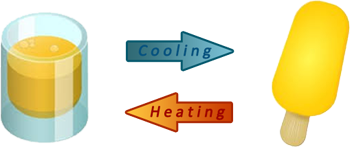 what is this an example of
what is this an example of
is it an example of a physical change
What materials can a magnetic field pass through?
A magnetic field can pass through non-magnetic materials such as paper, glass, wood, and some plastics. However, it may be weakened by thicker or denser materials and blocked by certain metals like thick sheets of iron or steel.
Name three types of microorganisms.
are the three microorganisms Bacteria, viruses, and fungi
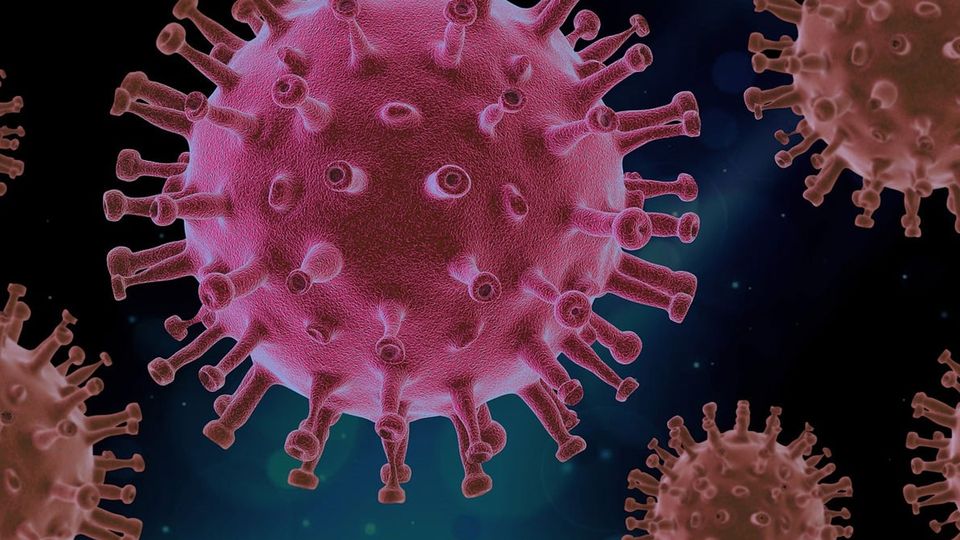
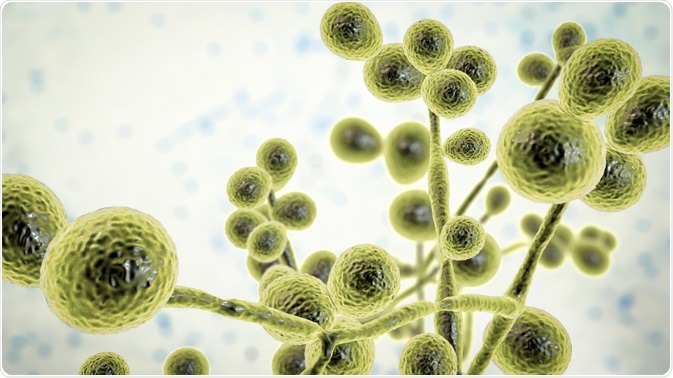
Is this cricut open or close?
is the cricut closed
What happens to the substance during a physical change?
During a physical change, a substance changes its physical properties, like shape, size, or state, but its chemical composition remains the same
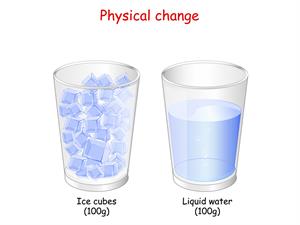
You tested a metal spoon and a wooden spoon in a circuit. The light bulb turned on with the metal spoon but not the wooden one. Why?
why did the light bulb turned on with the metal spoon but not the wooden one The metal spoon is a conductor, so it lets electricity flow. The wooden spoon is an insulator, so it stops electricity.
How many cells are there in the human body?
are there 37.2 trillion cells in the human body
What type of change is this?
is this a chemical change
What is the difference between human harnessed electricity and Naturally occurring Electricity
What is the difference between human harnessed electricity and Naturally occurring Electricity, human harnessed electricity is created by humans and Naturally occurring Electricity is naturally created.
Name two examples of beneficial microorganisms.
are two examples of beneficial microorganisms Lactobacillus (used in yogurt production)
and Saccharomyces cerevisiae (a type of yeast used in baking and brewing)

What is this an example of
is this a example of a chemical change
Research and analyze how scientists and engineers use principles of static electricity in modern technology, such as photocopiers or air purifiers. Then, evaluate how static electricity could be further utilized for sustainable energy solutions.
How can static electricity could be further utilized for sustainable energy solutions Static electricity is used in technologies like laser printers, electrostatic precipitators, and air purifiers to attract particles. While it is not a practical energy source due to its instability, advancements in capturing and controlling electrostatic charge could contribute to energy-efficient solutions in specific applications, such as self-charging wearable electronics.
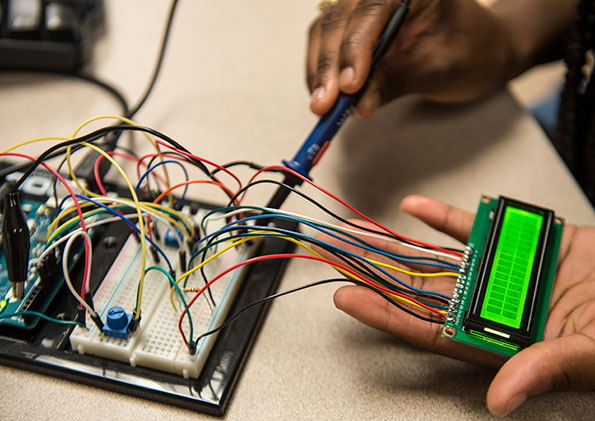
Design an investigation or multimedia presentation that presents an argument, supported by scientific evidence, showing how microorganisms can be used in environmental cleanup efforts (e.g., oil spill bioremediation).
Students could create a video presentation explaining how certain bacteria, like Pseudomonas putida, are used to break down oil in marine environments. The presentation would include data from case studies (e.g., the Deepwater Horizon spill) and interviews or quotes from environmental scientists, showing how these microbes reduce pollution and support ecosystem recovery.
